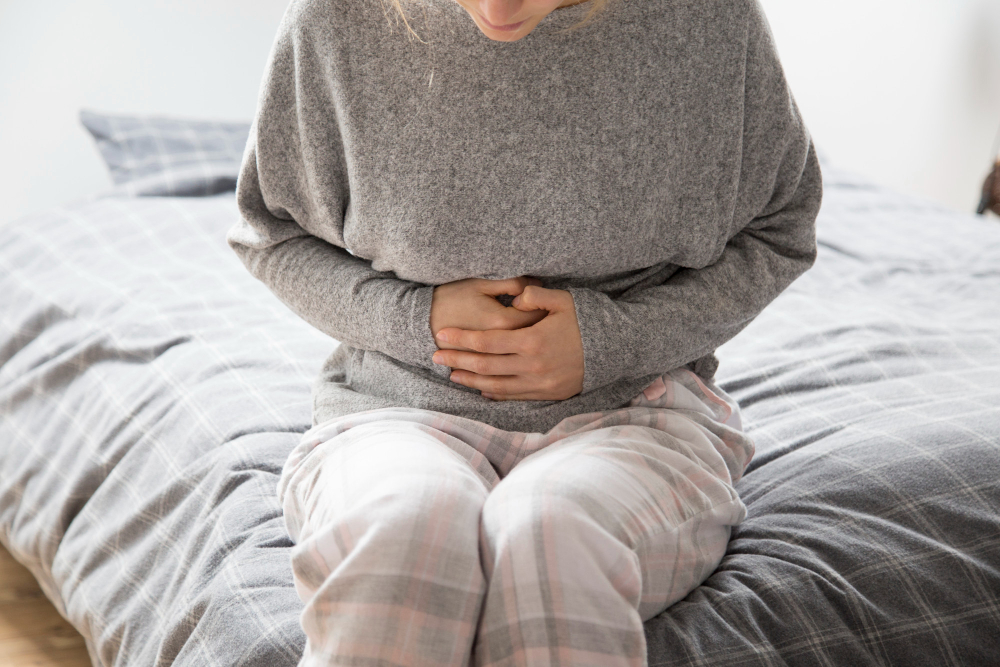



Chronic colitis is a non-specific polyetiological disease. The etiology of colitis is sometimes unclear for both the patient and the doctor, and the current treatment approaches from an anti-inflammatory perspective are symptomatic. Rectal ozone insufflation serves as a complementary treatment for colitis therapy due to the well-known bactericidal, viricidal, and fungicidal properties of ozone, in addition to its anti-inflammatory, circulatory, and immune-stimulating effects.
In the process of absorbing active oxygen from the intestinal wall, it reacts with the inflammatory products of metabolism, eliminates the acidic and hypoxic environment, and promotes the regeneration of the intestinal epithelium. Ozone activates phagocytes and presses the button of humoral immunity. As a result, hemostasis is restored, microbial balance normalizes, and inflammation symptoms recede. An increase in pO2 in the blood normalizes intestinal motility.
Finally, rectal ozone insufflation has a general stimulating effect. The positive effect of ozone is particularly important for the mental state of a patient with colitis. In active acute processes, it is recommended to start rectal ozone insufflation with a low volume of gas (100-150 ml) and high ozone concentrations (10,000 mcg/L), gradually increasing the gas mixture volume if tolerance is good (up to a maximum of 900 ml), while reducing the ozone concentration to 1000-3000 mcg/L. At the beginning of treatment, insufflation is performed daily, then 2-3 times a week, and later the frequency is reduced to once a week. If the patient starts to recover, the gas volume is reduced, and low ozone concentrations are used. In colitis treatment, remember that high ozone concentrations have a hemostatic effect, and low ozone concentrations increase blood flow (H.H.Wolff, 1988).
For immune system stimulation and regeneration of the intestinal epithelium, it is recommended to apply minor autohemotherapy with 100 mcg of ozone twice a week, with 5-6 injections per treatment course. Ozone therapy can be successfully used in elderly patients with colitis if the cause of colitis is atherosclerotic arterial circulation disorder of the mesenteric artery, known as "ischemic colitis." In this case, the recommended gas mixture volume is 300-500 ml, ozone concentration is 3000-5000 mcg/L, and it is applied every two days for 3-4 weeks. In spastic forms of colitis, the ozone concentration used for insufflation can be increased up to 10,000 mcg/L, and the gas mixture volume should be 300 ml. For these patients, it is recommended to perform an intestinal lavage (enema) with ozone water before insufflation to enhance the effectiveness of the treatment. Ozone therapy in chronic colitis does not induce any resistance, prolongs the remission period (H.Knoch, W.Klug, 1990). To support the therapeutic effect achieved in these pathologies, ozone therapy is repeated 2-3 times a year. Unlike many antiseptics, ozone does not create any damaging or corrosive effects.
